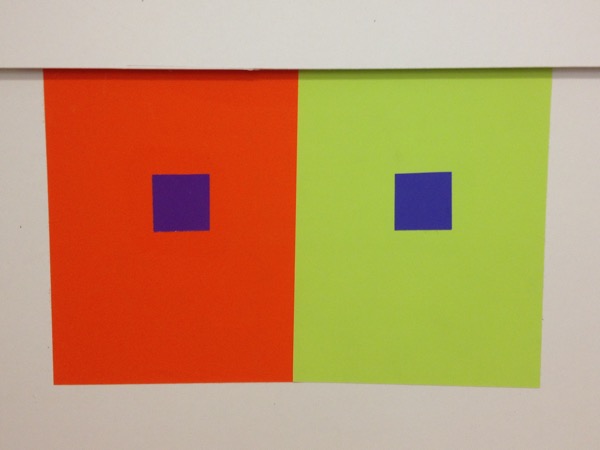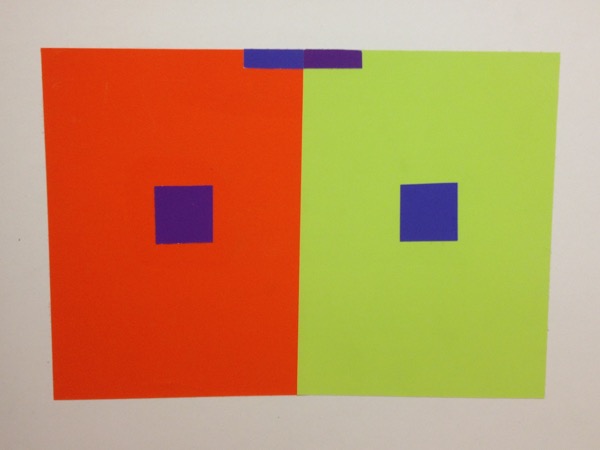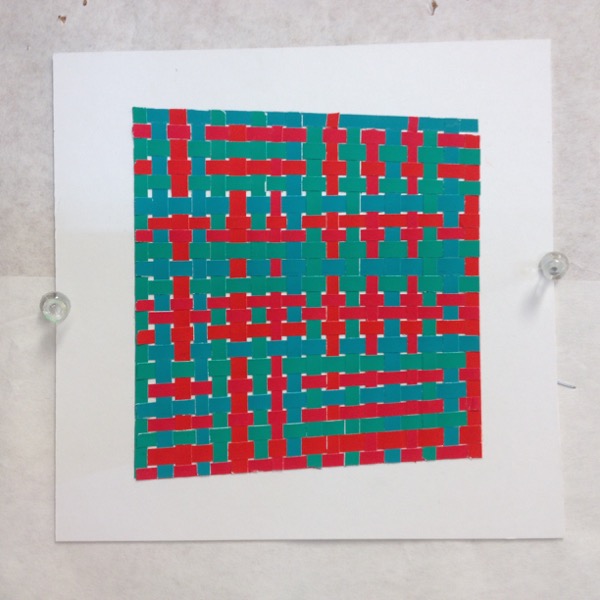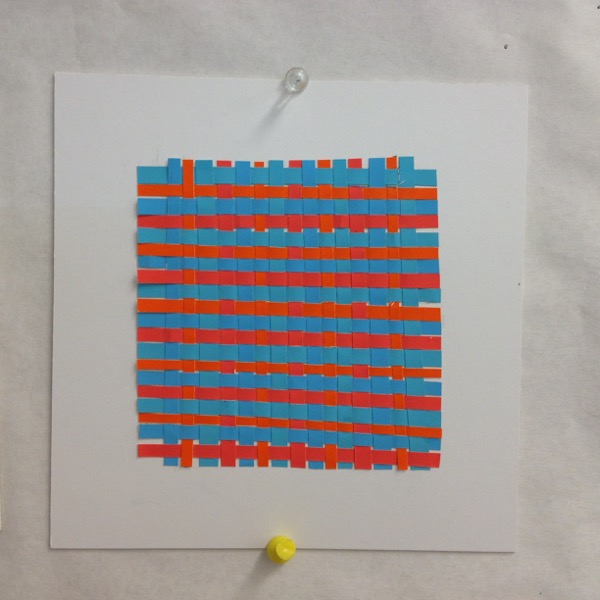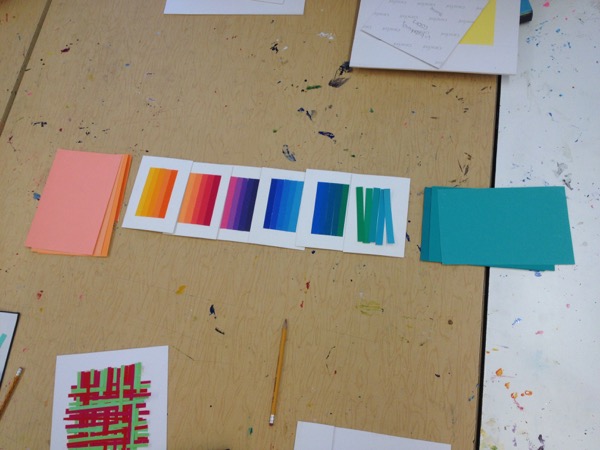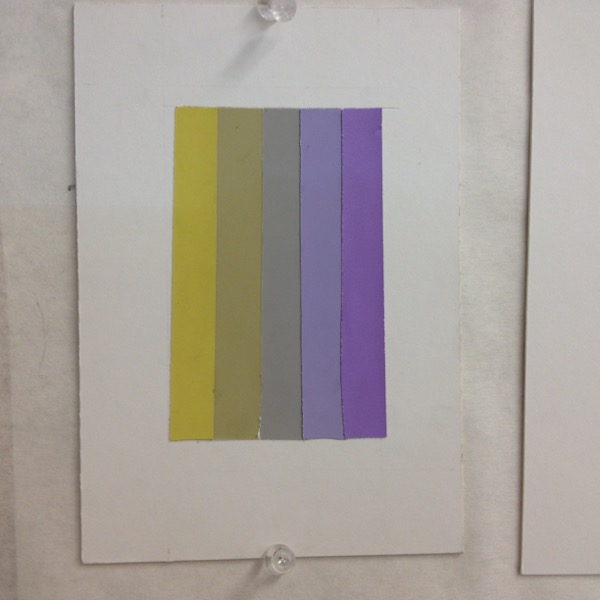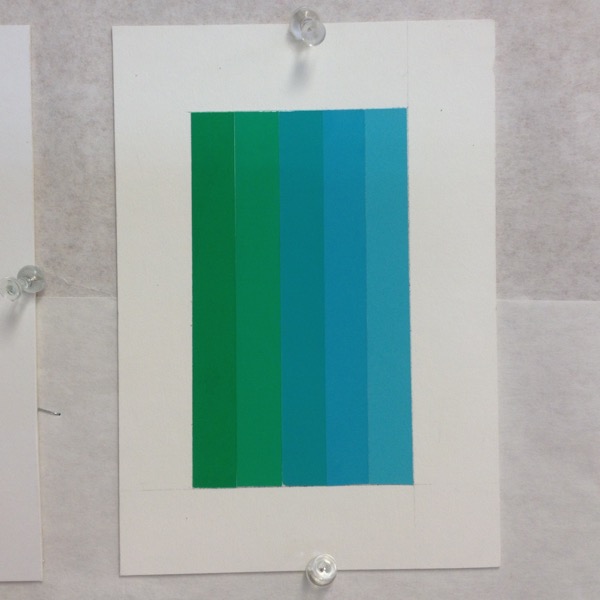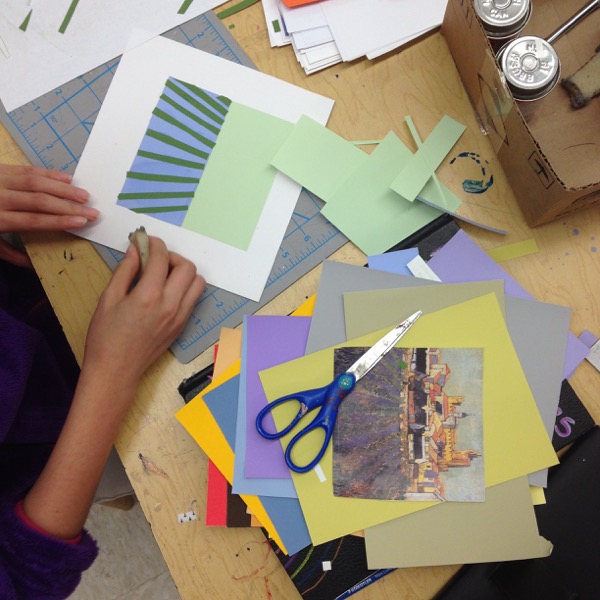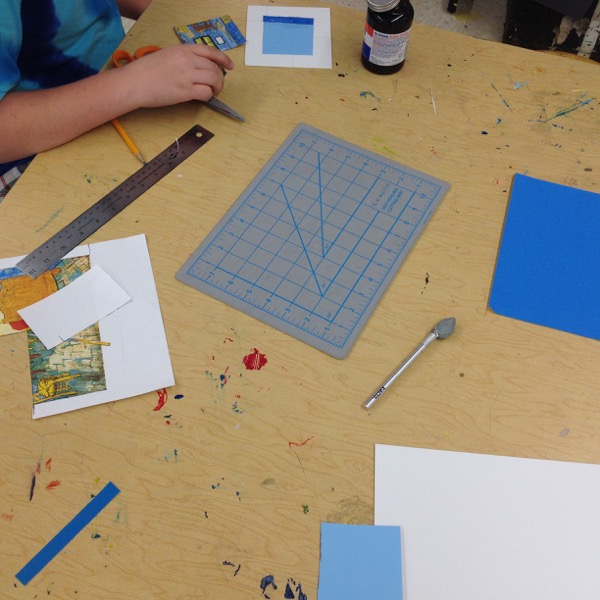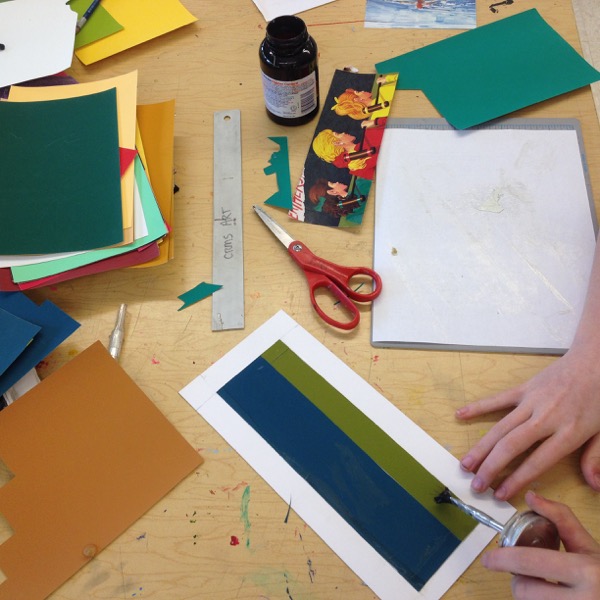Okay, next, take a look at how an artist combines his painting with his love of getting out on water via surf and paddle board. Guess what? He didn’t learn how to draw people until he was 21 — and now look at what he can do! Learning can happen fast if you’re psyched and interested:
http://www.thisiscolossal.com/2015/05/seaside-murals-hula/
Speaking of learning, there are so many ways to do it; it doesn’t happen in the same way for all people. In this 10 minute talk a 13 year old shares his story of hack-schooling. Sure, you might not have the choice to be homeschooled and design your own ideal learning opportunities — I didn’t either and I turned out just fine, so that’s not the point. The point is that there are ways to hack the schooling that you are getting right now at the Camden Rockport Middle School in order to increase your enjoyment and enthusiasm. No really, I swear there are! Start imagining how you can stay happy and healthy as you go through school; brainstorm with your family or with your friends how to do things just a little differently. Ever think about getting an internship at a cutting edge ski factory like this kid did? What about setting up a mentorship with a local artist or musician so you can go to their studio and see how they work? (You can get credits for this in high school!) Or how about starting a Friday Fiesta night where you go to a friend’s house and cook a Mexican meal with their family, and for a whole hour you speak nothing but Spanish? I mean, who really thinks you’ll learn anything from your Spanish class if you don’t actually use what you learn outside class? Anyway, here’s the talk — it’s been viewed by over 8 million people:
https://www.youtube.com/watch?v=h11u3vtcpaY
Ken Robinson is a pretty cool guy who’s said things like, “Creativity is as important as literacy,” and, "If you’re afraid to be wrong, you’ll never be creative.” He gave a TED talk like the kid in the link above. His talk has been viewed by 33 million people! Here’s a shorter version that’s illustrated in a really amazing way. Have you ever seen anything like it? Some people learn better when information is presented visually like this. Ken Robinson understands that not everyone learns the same. He says don’t forget that you’re not just a brain, but that you’re a body that learns through your ears and your eyes and your hands — and if you participate in a Friday Fiesta, your mouth and tastebuds!
http://www.ted.com/talks/ken_robinson_changing_education_paradigms
School can be a real drag if you don’t shoulder some of the responsibility to figure out how to make it work for you. Yeah, I know you’re only in middle school…but you made the choice to take my class on your own, didn’t you? That’s taking responsibility. Do more of it! Whether you loved our class or not, just by taking it you had the opportunity to find out -- and you can use what you found out about how you learn or how you don't as tools for your future education hacking.
— Did you like adding extra art to your schedule?
— Did you enjoy learning through experiment, like the trial and error challenges we did? Or would you rather learn in a more technical way, like through step by step instructions on how to draw a face?
— Did you like precision creativity with rulers and exacto knives or would you rather get totally messy with paint? Or both?! You can have both, you know.
— Did you like studying a subject with infinite possibilities, or would you rather study a subject where you search for a single solution?
— Did you like the times we talked about our color experiments as a group, or did you enjoy working on your own more? Everyone has a different group-time to individual-time balance.
Start to figure out what you enjoy and how you like to learn. You won’t always be able to have it your way, but you will be able to keep yourself more happy, more healthy, and more creative if you know how you learn best. Remember when I told you in our last class that you were more genuinely creative than most adults I work with. It’s true!
Finally, if you want to know what I think about you, what I hope for you, why I think it’s important that you learn to take responsibility for your own education, and what I think you really need to hear, read this. I bet most your teachers would agree they feel the same.
https://affectiveliving.wordpress.com/2014/03/08/what-students-really-need-to-hear/
I miss seeing you guys already,
Jessica









